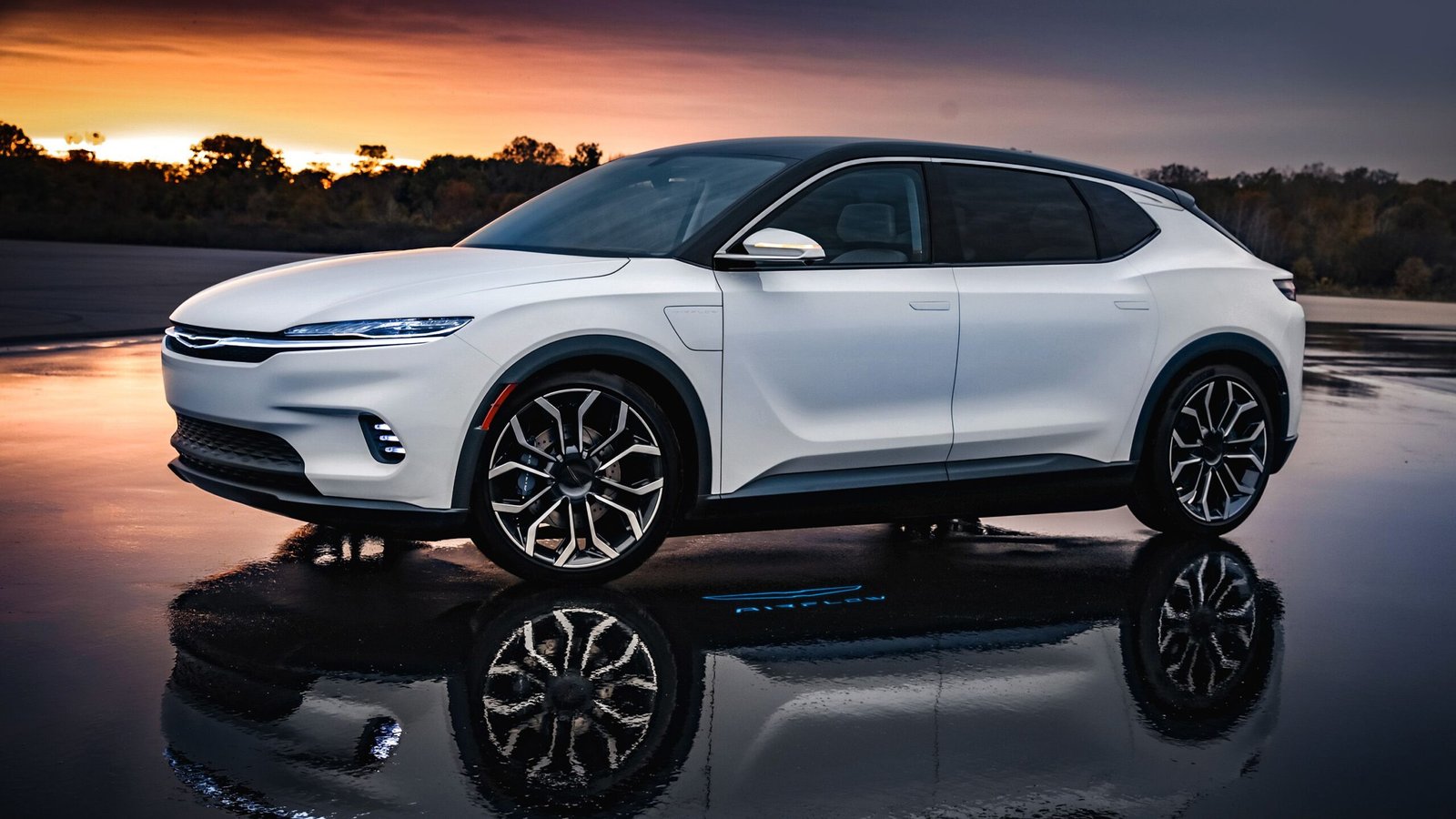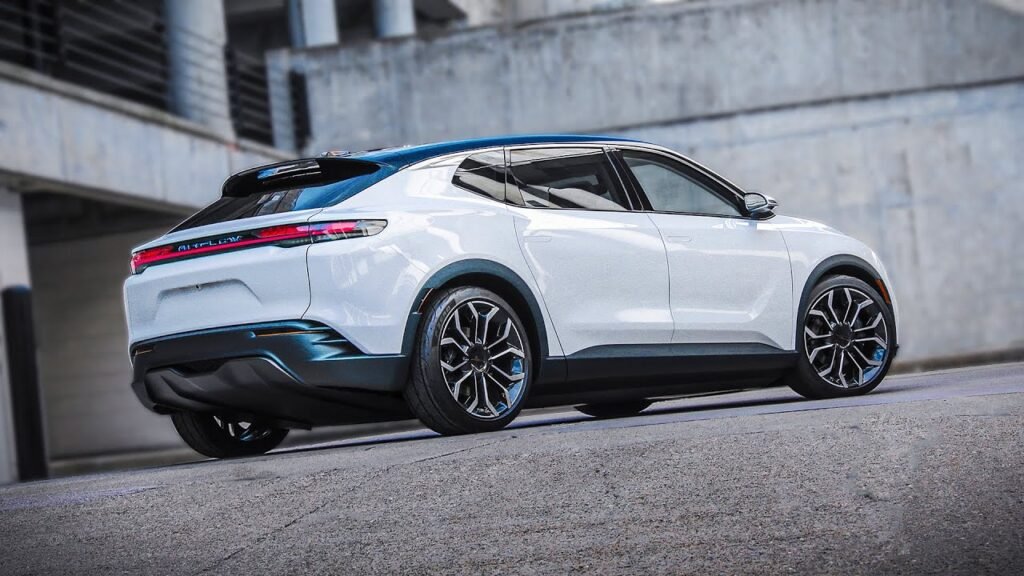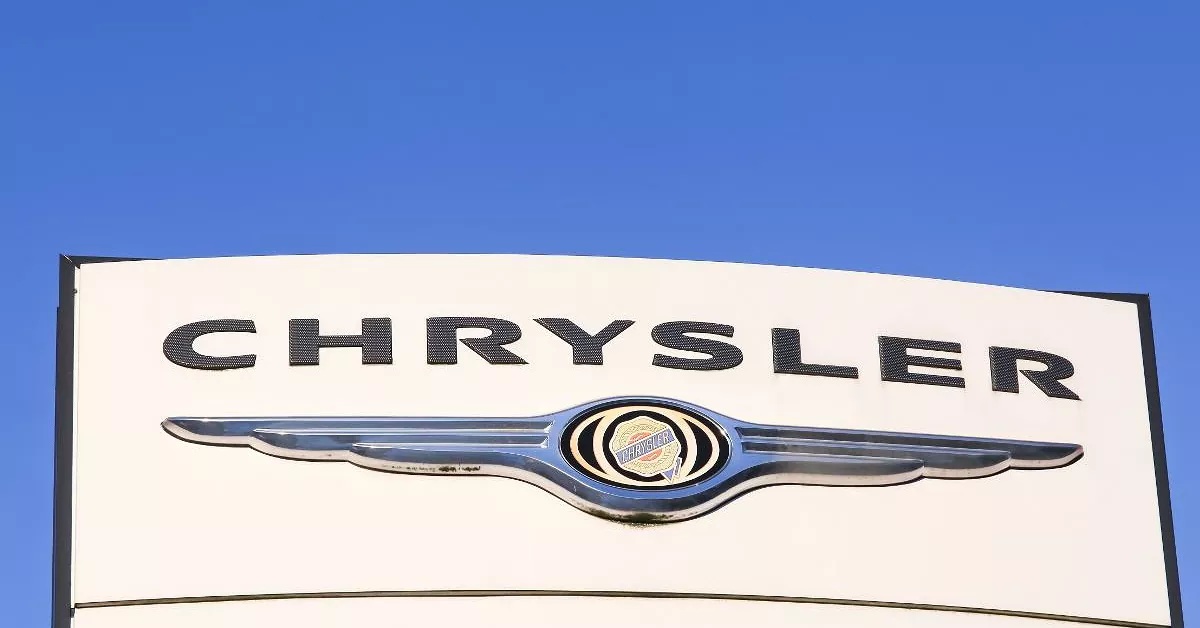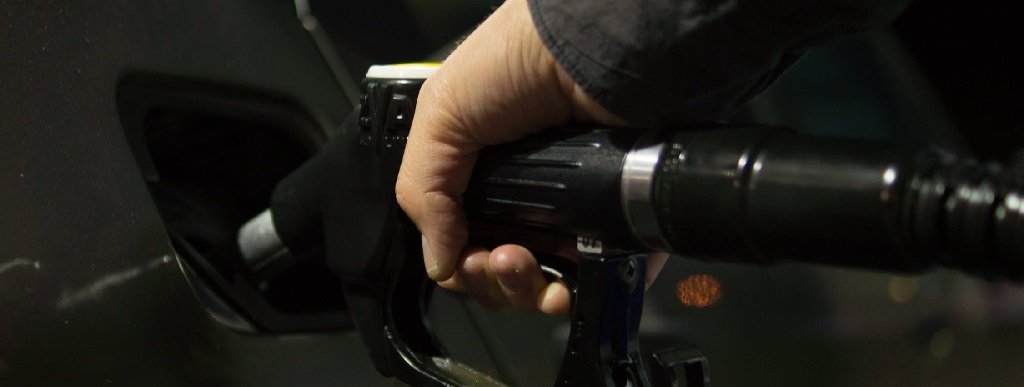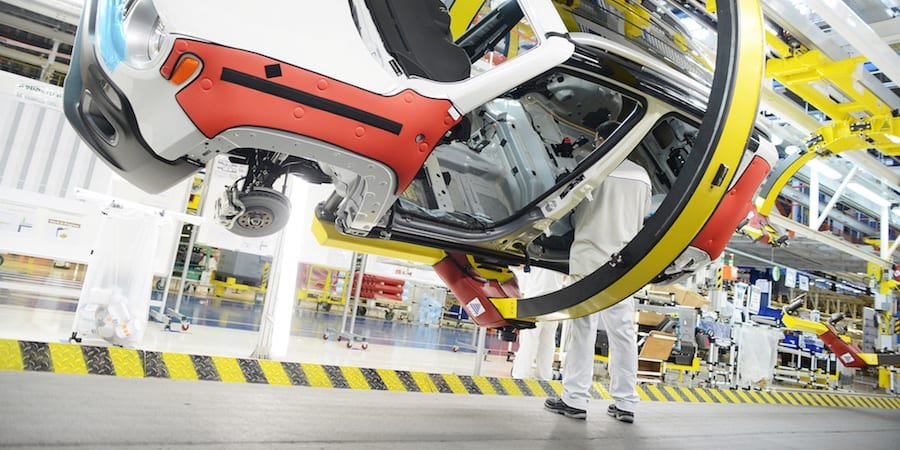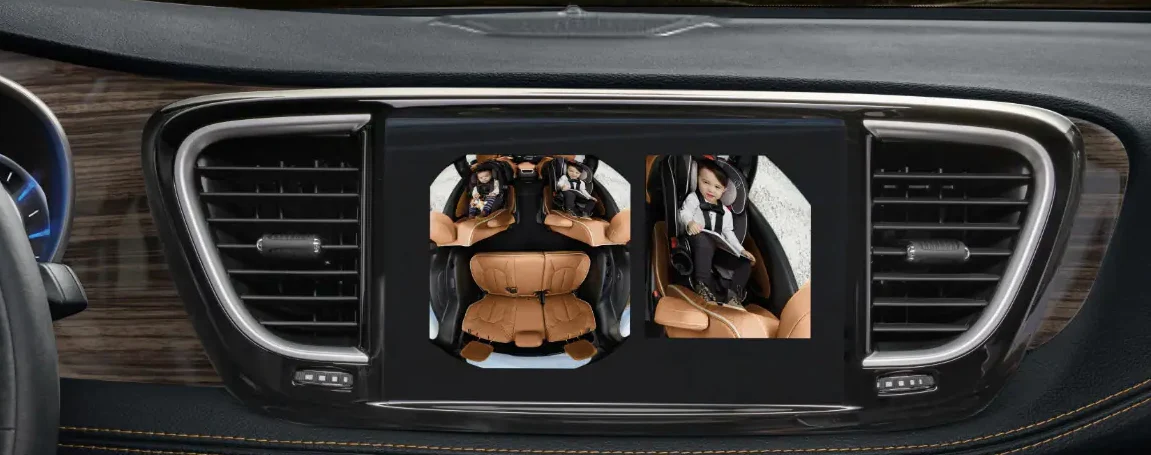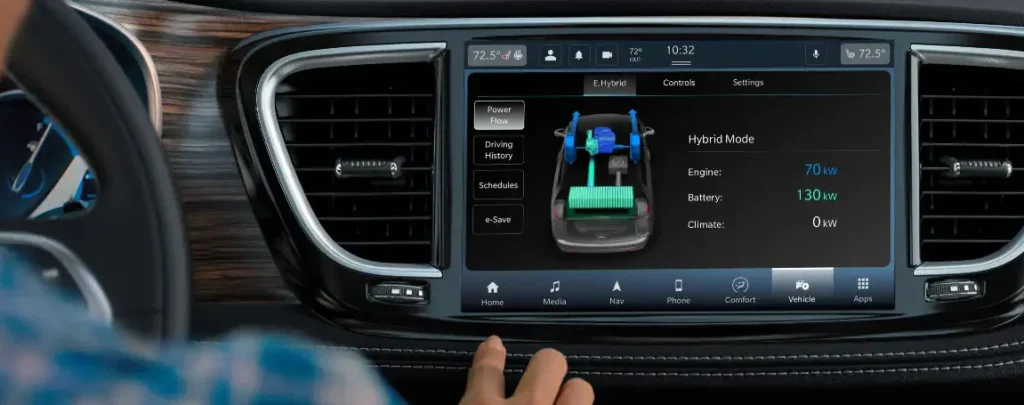In an ever-evolving automotive landscape, Chrysler is making significant strides to adapt to changing consumer preferences. As the automotive industry faces shifts in technology, environmental concerns, and lifestyle demands, Chrysler is strategically evolving its offerings to remain relevant and competitive. This blog post explores how Chrysler is responding to modern automotive trends and what it means for consumers.
1. Embracing Electric Vehicles
Shift to Electrification:
With the growing emphasis on sustainability and reducing carbon footprints, Chrysler has committed to electrifying its vehicle lineup. The introduction of the Chrysler Airflow concept marks a significant step towards fully electric vehicles, showcasing the brand’s dedication to innovation and eco-friendly technology.

Key Developments:
- Electric Powertrain: Chrysler’s electric vehicles (EVs) are designed to offer impressive range, performance, and advanced charging capabilities.
- Sustainability: The brand is focusing on using sustainable materials and manufacturing processes to minimize environmental impact.
Consumer Benefits:
- Reduced Emissions: Electric vehicles contribute to lower emissions and a cleaner environment.
- Cost Savings: Lower operating costs and potential incentives for EV purchases make them an attractive option for consumers.
2. Enhancing In-Car Technology
Technological Integration:
As technology continues to advance, consumers expect more from their vehicles in terms of connectivity, entertainment, and convenience. Chrysler is addressing these demands by integrating cutting-edge technology into its models.
Key Features:
- Uconnect® Infotainment System: Chrysler’s Uconnect® system offers seamless connectivity, navigation, and entertainment options with a user-friendly interface.
- Advanced Driver Assistance Systems (ADAS): Features like adaptive cruise control, lane-keeping assist, and automatic emergency braking enhance safety and convenience.
Consumer Benefits:
- Improved Connectivity: Enhanced infotainment systems keep drivers connected and entertained.
- Safety: Advanced safety features provide peace of mind and assist in avoiding accidents.
3. Focusing on Sustainability and Efficiency
Commitment to Green Initiatives:
Chrysler is increasingly focusing on sustainability, not only through electric vehicles but also by adopting eco-friendly practices in manufacturing and materials.
Key Initiatives:
- Recycled Materials: Chrysler is exploring the use of recycled and sustainable materials in vehicle interiors and components.
- Efficient Manufacturing: The brand is working on reducing waste and energy consumption in its manufacturing processes.
Consumer Benefits:
- Eco-Friendly Choices: Consumers can choose vehicles that align with their values of environmental responsibility.
- Efficiency: Improved fuel economy and lower emissions contribute to a more sustainable driving experience.
4. Meeting Evolving Consumer Preferences
Adapting to Market Trends:
Consumer preferences are shifting towards more versatile, technology-rich, and environmentally friendly vehicles. Chrysler is adapting its lineup to meet these evolving demands.
Key Trends:
- Versatility: The introduction of new models and trims that cater to diverse lifestyles, from family-oriented vehicles to performance-oriented options.
- Customization: Offering more customization options allows consumers to tailor their vehicles to their preferences.
Consumer Benefits:
- Personalization: Enhanced options for customization ensure that consumers can find a vehicle that suits their individual needs and preferences.
- Diverse Choices: A broader range of models and features provides more choices to meet varying demands.
5. Investing in Future Mobility
Exploring New Technologies:
Chrysler is also investing in research and development to explore future mobility solutions, including autonomous driving and smart city integration.
Key Investments:
- Autonomous Vehicles: Research into self-driving technology aims to enhance safety and convenience.
- Smart Technology: Integration with smart city infrastructure to improve traffic management and driving efficiency.
Consumer Benefits:
- Innovation: Access to the latest technological advancements and potential future features.
- Enhanced Safety and Convenience: Future technologies are expected to improve overall driving experiences.
Conclusion
Chrysler is actively adapting to changing consumer preferences by embracing electric vehicles, enhancing in-car technology, focusing on sustainability, and investing in future mobility solutions. These efforts reflect the brand’s commitment to meeting modern automotive trends and addressing the evolving needs of consumers. As Chrysler continues to innovate, consumers can expect a range of exciting and forward-thinking options that align with their values and lifestyles.


